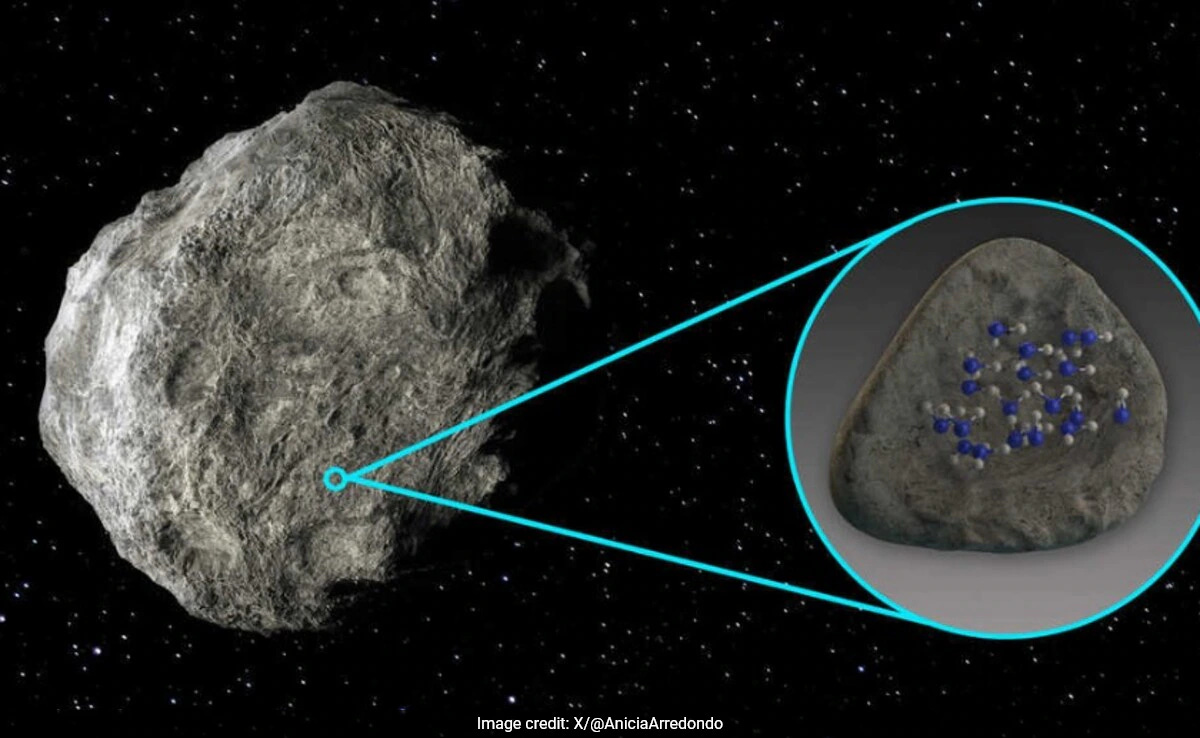Weekly - Intuitive Machines launches private lunar lander and more
Weekly Space News - Quick and Easy
Intuitive Machines launches private lunar lander
Last week, a private space startup Intuitive Machines launched its lunar mission: IM-1 to the moon. The mission’s main objective is to land the Nova-C lander on the moon’s surface. Chandrayaan-3 took 40 days to reach the moon. Luna-25 took 9 days. But the IM-1 mission will take only 7 days to reach the moon. It is scheduled to land on the 22nd of February. The reason for this high speed is that it uses a unique engine that is powered by cooled liquid methane instead of liquid hydrogen like in other engines. If the mission is successful, Intuitive Machines will become the first non-governmental body to land on the moon.
Japan test launches its next-generation rocket
Last week, Japan successfully launched its new H3 rocket for the first time ever after multiple failures in the past. The launch was mainly a test. The rocket successfully put a dummy satellite and 2 microsatellites into Earth orbit. The new H3 rocket is planned to be a successor of Japan’s H-IIA rocket which has been in use since 2001. H3 has a lower cost, greater payload capacity and is lightweight. These features make it ideal for missions like delivering supplies to the ISS.
Water molecules discovered on asteroid for the first time
Last week, analysis of data gathered by the now retired SOFIA telescope helped discover molecules of water on 2 asteroids for the first time. The 2 large asteroids named Iris and Massalia orbit the sun and are found in the main asteroid belt between Mars and Jupiter. While ice has been discovered before on asteroids, this is the first time molecular water has been found on an asteroid. The water molecules on Iris and Massalia are in a combined state mainly bound to the asteroid’s surface or trapped in silicate glass (a type of glass composed of silica and other oxides).




